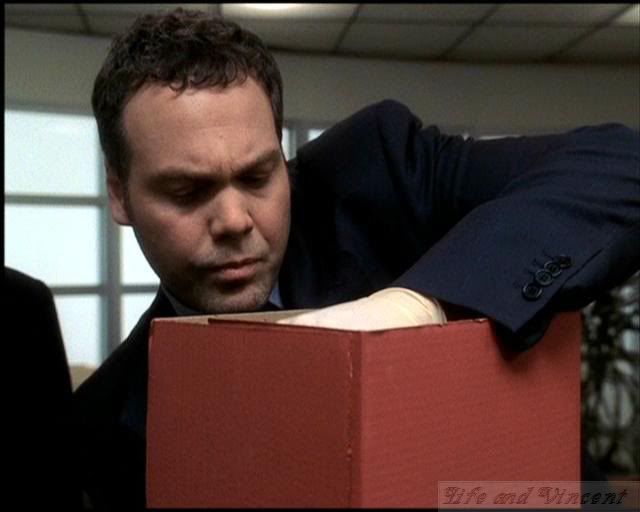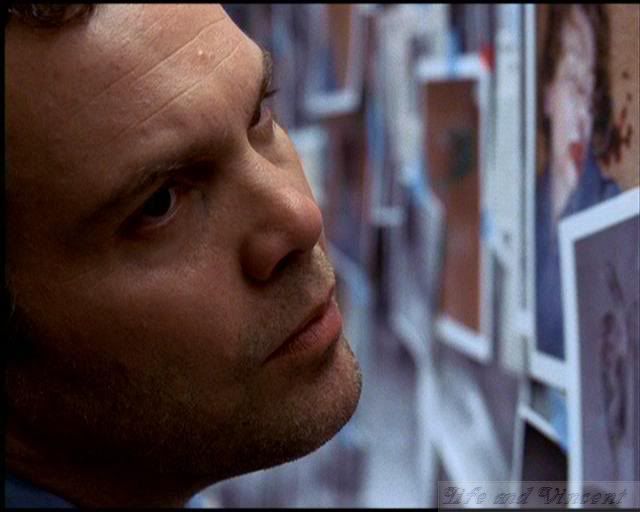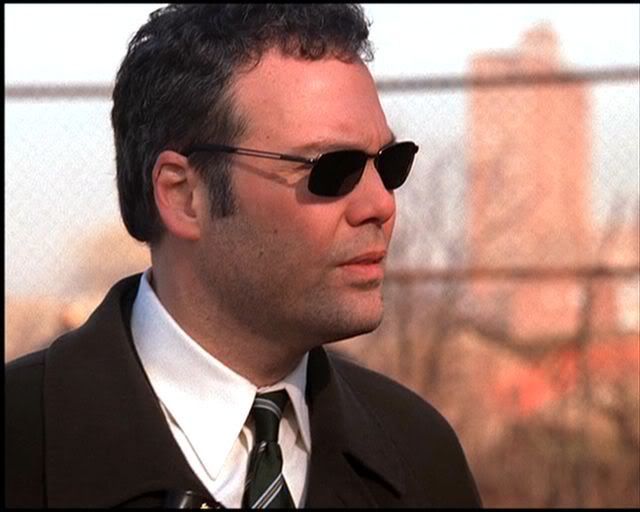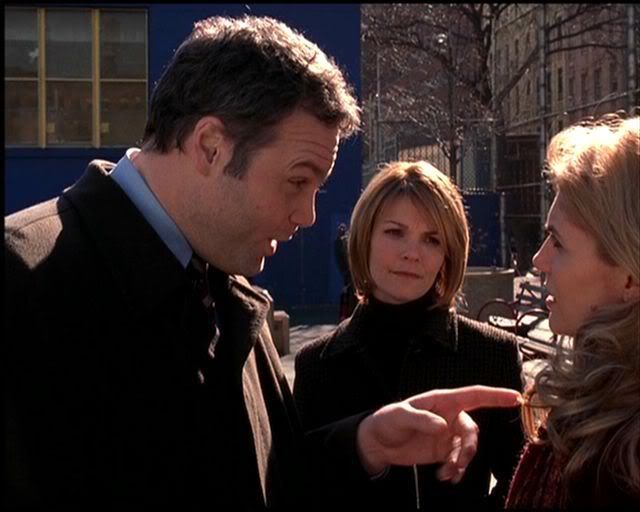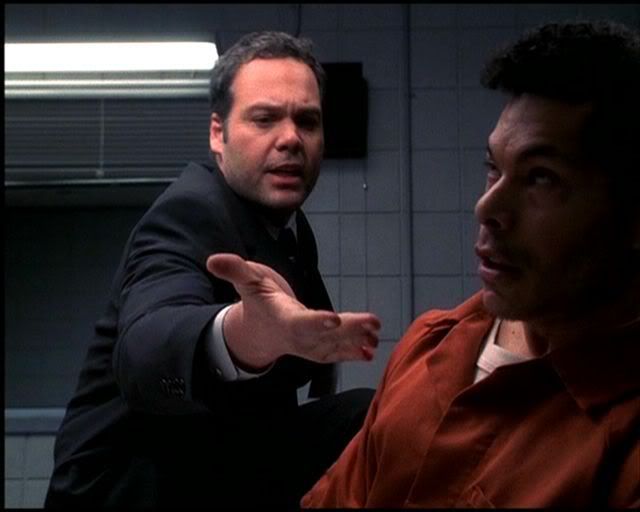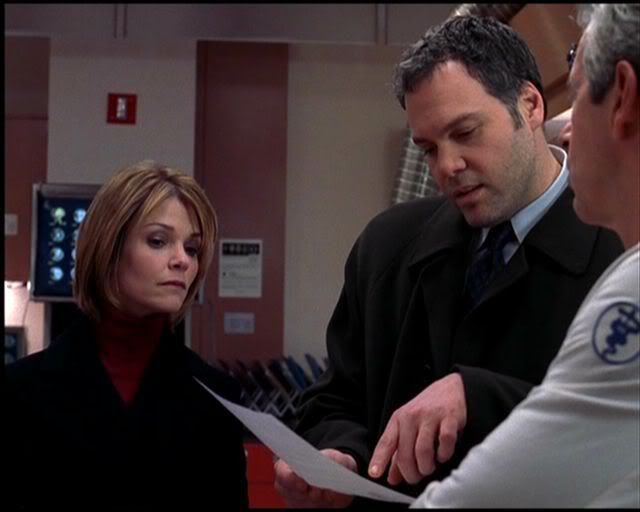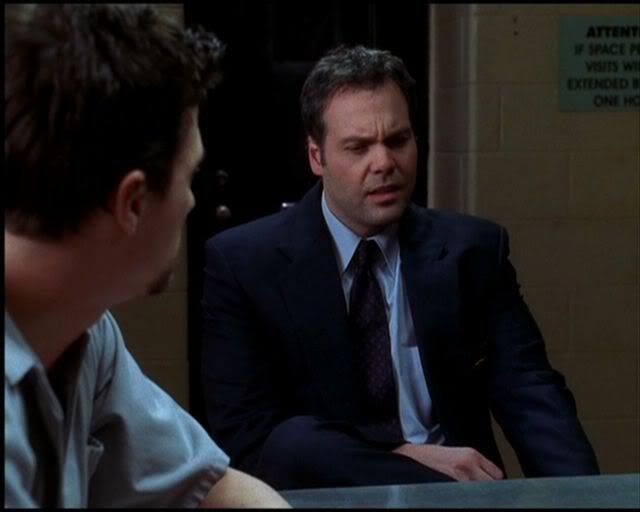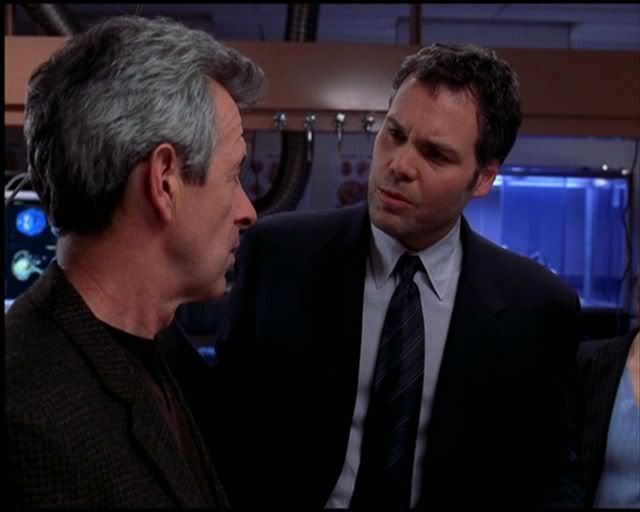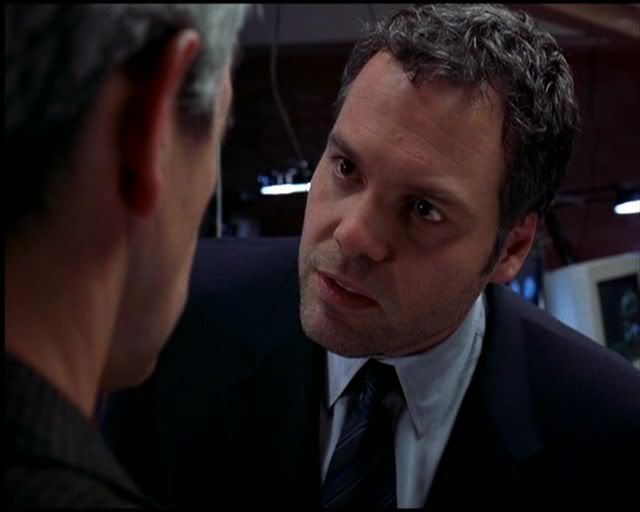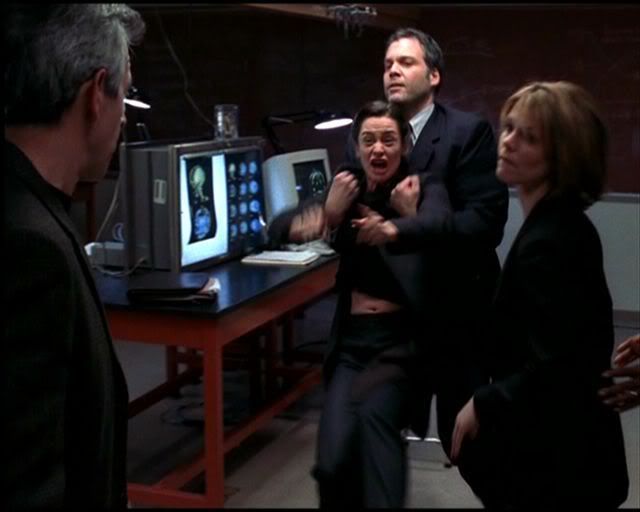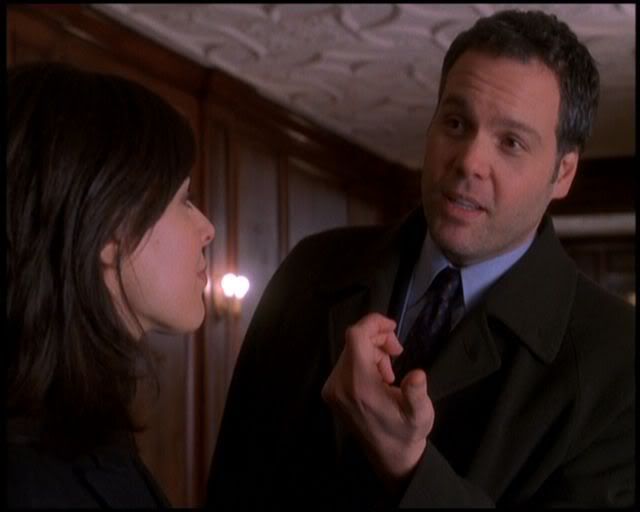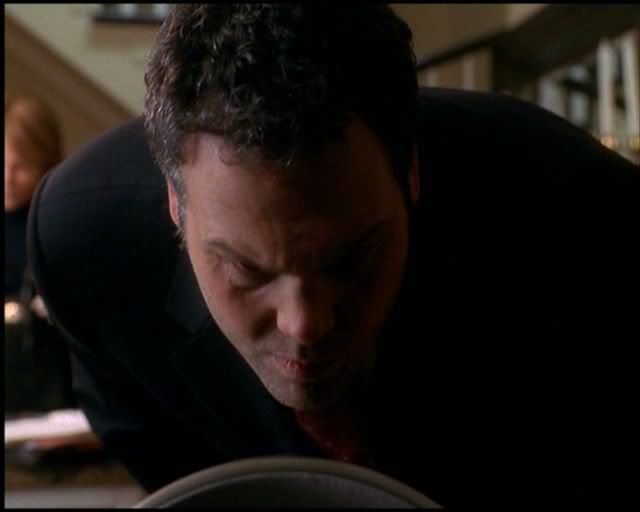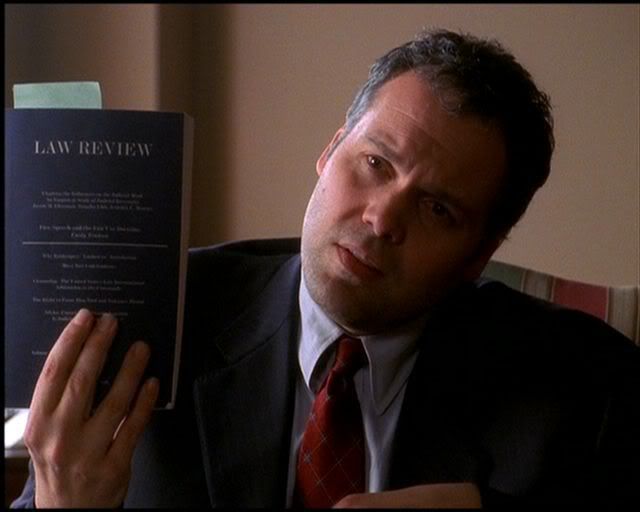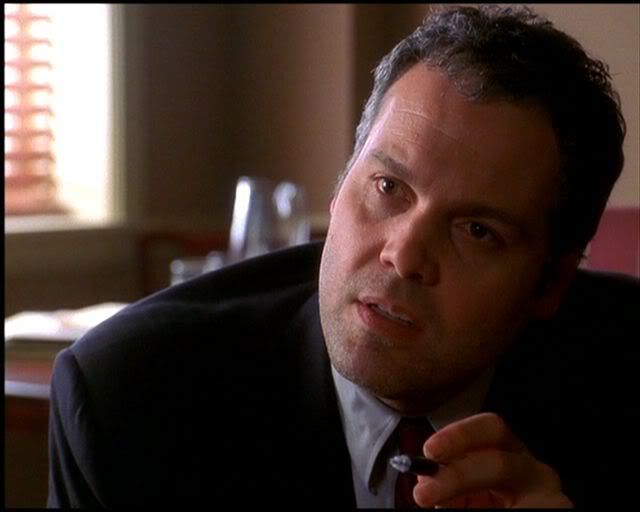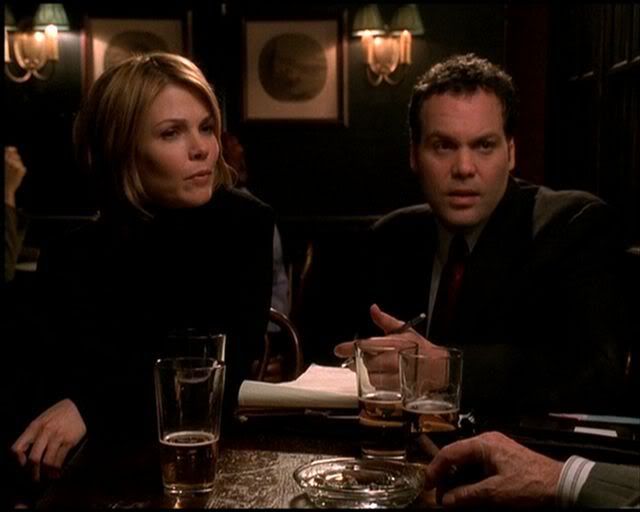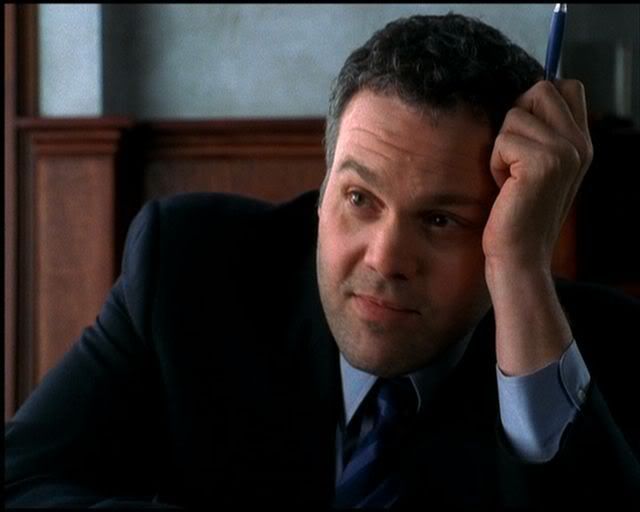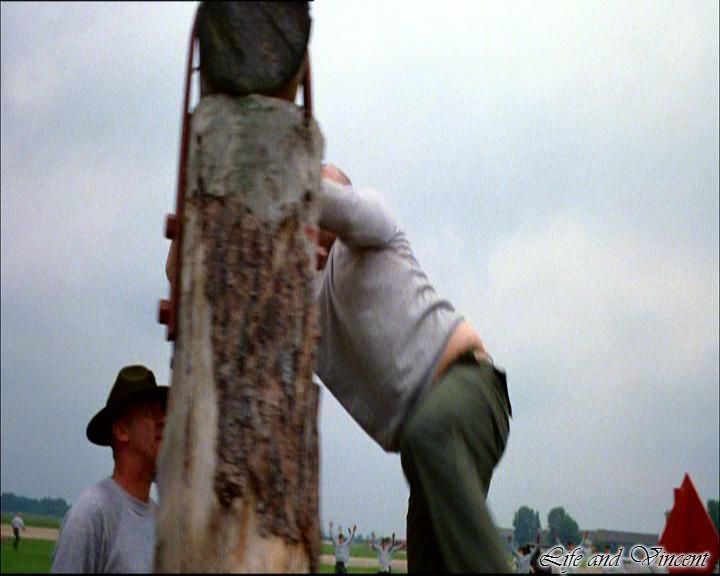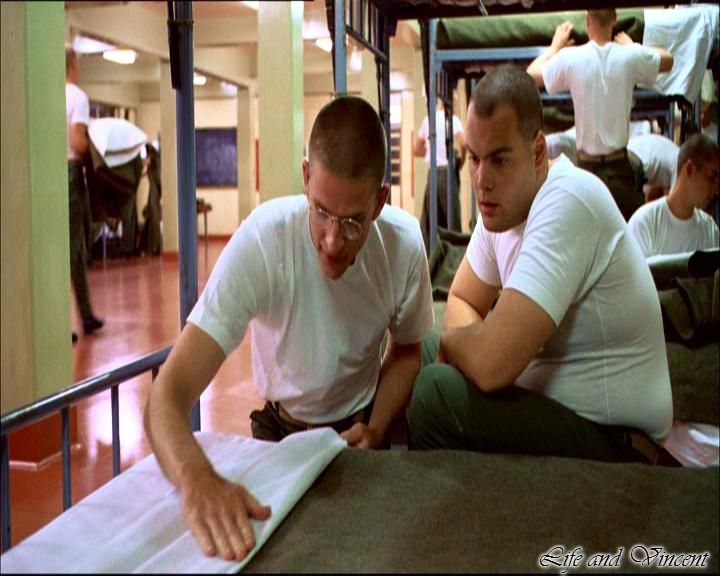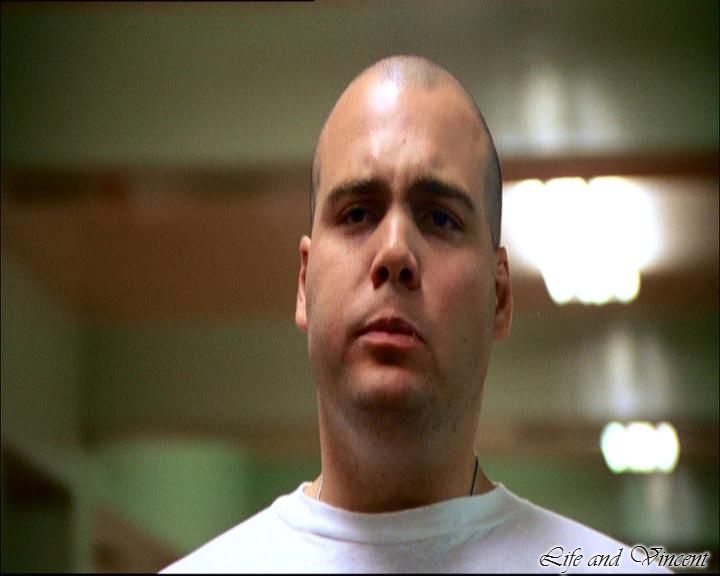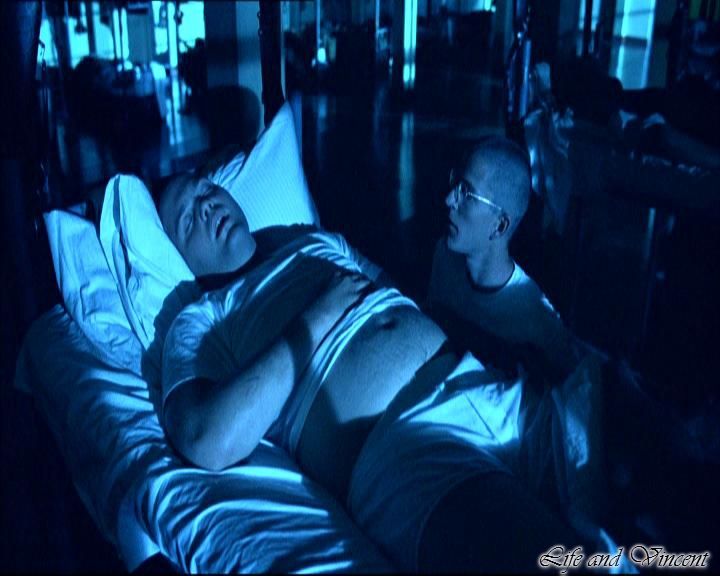Sadly, it has been acting up lately. When my car windscreen was cracked in February, it cut out while I was on the phone to my insurance broker, telling me to insert a SIM card. I took it into the shop and a young man removed the SIM and gave the whole shebang a good blow. It seemed OK, but I use it very little, and could not be sure it would stand the test of time.
So when I witnessed a road accident on the way home from the Zoo yesterday, and wanted to call an ambulance for the injured young woman, I was not surprised - though I was upset - when the phone refused to work.
Today I have chosen a new model, but because it is by a new maker, my memory card won't fit, and unfortunately, I did not check that all my contact info was on the SIM before I left the old phone behind to be recycled. So there is a gap in my knowledge of numbers that, to my amazement, only existed on my mobile phone.
But why was I so reluctant to buy a new phone? Well, one of the vital ingredients of a mobile phone is contributing to the march towards extinction of the Western Lowland Gorilla. Here's an old article about the problems caused by the mining of this substance:
What Is Coltan ?
Coltan, short for Columbite-tantalite is a metallic ore comprising Niobium and Tantalum, found mainly in the eastern regions of the Democratic Republic of Congo (formally Zaire). When refined, coltan becomes a heat resistant powder, metallic tantalum which has unique properties for storing electrical charge. Of the 525 tons of tantalum used in the USA in 1998, 60% was used in tantalum capacitors, with a predicted growth rate of 14% per annum (from Uganda Gold Mining Ltd web site).
It is therefore a vital component in the capacitors that control current flow in cell phone circuit boards.
Coltan and Gorillas
The main area where Coltan is mined, also contains the Kahuzi Biega National Park, home of the Mountain Gorilla. In Kahuzi Biega National Park the gorilla population has been cut nearly in half, from 258 to 130 as the ground is cleared to make mining easier. Not only has this reduced the available food for the Gorillas, the poverty caused by the displacement of the local populations by the miners has lead to Gorillas being killed and their meat being sold as "bush meat" to the miners and rebel armies that control the area. Within the Dem. Rep. of Congo as a whole, the U.N. Environment Program has reported that the number of eastern lowland gorillas in eight Dem. Rep. of Congo national parks has declined by 90% over the past 5 years, and only 3,000 now remain.
Due to the damage caused to the Gorilla population and their natural habitat, companies that use Coltan are now starting to demand that their Coltan only comes from legitimately mined sources and is not a byproduct of the war. American-based Kemet, the world's largest maker of tantalum capacitors, has asked its suppliers to certify that their coltan ore does not come from Dem. Rep. of Congo or from neighbouring countries. Such moves could lead to "Gorilla Safe " cellphones being marketed, much in the same way that Tuna meat is now sold as "Dolphin Safe".
I'm sure we all know just how "dolphin safe" tuna is nine years on, and the coltan used in our phones is just as un-gorilla-safe as it ever was, too.
So, folks, please don't go for a free yearly upgrade just because you can, and make sure you have your old phone recycled so that the materials that are being obtained at such a cost to the planet and its inhabitants can be used again and again.
Meanwhile, this is the little beauty I opted for.

After much wailing and gnashing of teeth, I have my wallpaper picture of Vincent back, and the LOCI theme as my ringtone.
Now all I need is to bother to use the darn thing! I don't want my next call to be for an ambulance, though.

